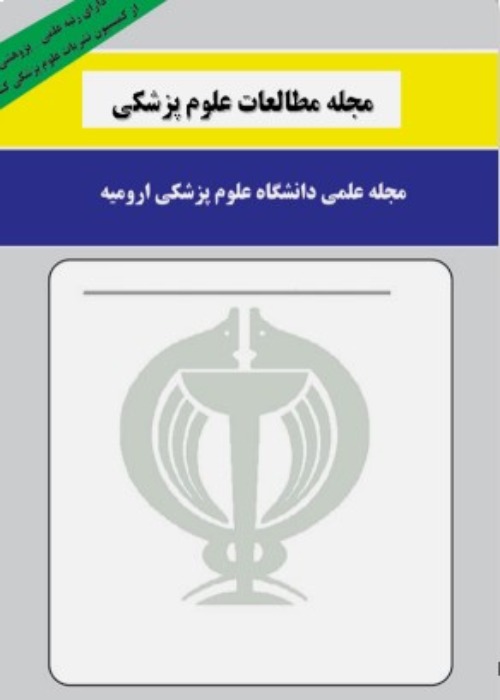SURVEY ON THE SENSITIVITY AND SPECIFICITY OF BETA ANGLE IN DIFFERENTIATING SKELETAL CLASS II AND III MALOCCLUSIONS FROM CLASS I
A successful treatment in the field of medical sciences depends on an accurate diagnosis. In orthodontic diagnosis and treatment planning also analyzing the sagittal jaw base relationship is important. Various methods have been suggested for this. This study aimed to investigate the accuracy of beta angle in sagittal jaw base relationship diagnosis.
In this cross-sectional analytical study, by clinical examination and consideration of facial profile, dental occlusion and evaluation of the pre-treatment special lateral cephalometric indices, a total of 112 patients (36 male and 76 female) with mean age of 14.8 ± 3 years were selected by simple non-random sampling (35 patients in class I, 41 in class II and 36 in class III group). Then, the beta angle was hand traced by the Baikchr('39')s method. Also, mean and standard deviation of the beta angle in three malocclusion groups were calculated and their sensitivity and specificity were measured by the ANOVA, Wilkschr('39') lambda, and Discriminant analysis tests.
According to data analysis, the mean of beta angle in the three groups mentioned above (class I, II, III) is 32.5 ± 2.8, 25.9 ± 4 and 40.3 ± 3.8, respectively and there are significant differences (p=0) in three groups. The cutoff point in differentiating class I from II is 29 degrees and for the class I from III is 36. In other words, the values less than 29 showed skeletal class II pattern and the values higher than 36 indicated class III pattern. According to these results, the sensitivity and specificity in differentiating class I from class II are 74% and 88.5% while the sensitivity and specificity in differentiating class I from class III are 88% and 91%, respectively.
Beta angle by itself shows each patientchr('39')s belonging to skeletal class I, II or III groups to amount of 78.6%.
- حق عضویت دریافتی صرف حمایت از نشریات عضو و نگهداری، تکمیل و توسعه مگیران میشود.
- پرداخت حق اشتراک و دانلود مقالات اجازه بازنشر آن در سایر رسانههای چاپی و دیجیتال را به کاربر نمیدهد.


